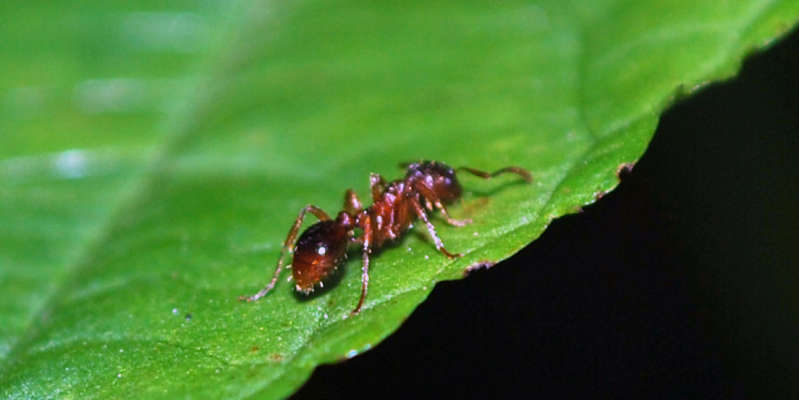
Evolution of slave ants tracked by DNA
Genetic scientists, by analyzing DNA, established how the evolution of the parasitic ants took place. Representatives of the Formica genus were taken for experiments, according to the Proceedings of the National Academy of Sciences.
It is known that ants have three types of parasitic behavior. First: temporary, when the uterus enters someone else's nest and replaces (often kills) the previous owner. The second is permanent, when two uterus coexist together. And the third is dulotic, when the species captures the nest, and then attacks its neighbors and steals eggs and workers from them.
DNA analysis showed that temporary parasitism appeared earlier than others. Ants mastered it about 18 million years ago. According to scientists, when the queens lost the opportunity to arrange their own nests and were forced to start capturing strangers.
From the temporary, permanent parasitism arose over time. It originated in several different species independently of each other. Scientists noted that the uterus in this case does not integrate in any way, and this is very difficult to explain.
Dulotic parasitism originated 14 million years ago. Geneticists came to the conclusion that some unique set of circumstances pushed ants to his appearance. Perhaps the insects were unable to destroy all the captured eggs and other ants and decided to use them as labor.
Earlier it was reported that scientists have revealed the secret of the strength of the ant jaws. They contain not only chitin, but also zinc.

